Belfast: A Rose-Coloured Memoir
Kenneth Branagh’s new directorial feature Belfast tells the story of a young boy coming of age in a warzone, as the comfort and familiarity of his friendly neighbourhood street disintegrates under the violence of The Troubles.
A semi-autobiographical film based on Branagh’s own childhood, the film focuses on a working-class family, particularly their young son Buddy (Jude Hill) as they grapple with the danger of living in an increasingly volatile city. Every cast member gives a strong performance, with Jamie Dornan and Caitriona Balfe shining as Buddy’s parents, capturing both the mental and emotional strain of The Troubles on ordinary families while also bringing a sense old Hollywood glamour to the film in a scene where they reconnect through dancing together at the bar. This scene is emblematic of Belfast’s greatest strength: at its most heartfelt, it becomes absolutely infectious, making it almost impossible not to get sucked into the moments of joy and playfulness in between the tension and violence.
Another great strength of Belfast is how it works as an ode to art itself. The film is shot almost entirely in black-and-white, creating a nostalgic old movie feeling, but when colour is used, it is used for a reason, the same reason every time: to showcase how art illuminates and brings colour to our lives, regardless of the troubles we might be facing. The film opens with series of B-roll shot in modern day Belfast, featuring well-known and well-loved pieces of local artwork such as Dunbar Street’s Deep Love mural and the Eco statue in front of the McClay library, all shot in dazzling, super-saturated colour.
The use of colour appears again when Buddy and his family are at the theatre. One shot in particular sees Buddy and his grandmother (Judi Dench) staring up in awe at the vivid colours of the cinema screen, a burning gold reflected in their eyes while the rest of their surroundings remain in black-and-white. These moments of colour are breath-taking, a moving testament to the joy that art can bring to anyone, in any situation, in any period of time.
However, while the film and its star performers are funny, engaging and beautiful, this brings the movie down more often than it raises it up. With a violent, difficult and highly topical subject matter like The Troubles, glitzy black-and-white sing-songs and stunningly beautiful lead actors often fail to capture the brutality of this time period. Many of the cute one-liners, often given to Buddy, fall flat as they come across as over-written and over-directed. The use of black-and-white is often beautiful, but at its worst, it makes the scenes appear shallow and lifeless. It is hard to shake the feeling that you are watching actors perform on a movie set, rather than becoming absorbed in the story and its many conflicts. Even when the film takes its darkest, most violent turns, the tone is often too light for the subject matter, making the movie feel like a diorama of Belfast during The Troubles, rather than an authentic depiction of this period.
Overall, Belfast is often overly pleasant and pretty to look at rather than delving deep into the darker themes of the film, yet the humour and love shared between the central characters is enough to spark engagement with the story. Every aspect of the film, from the cinematography, to the story beats, to the performances, is flat at its worst and stunning at its best. At its strongest, it is a heart-warming love letter to the things that matter most in life, which makes it a worthy watch.
Emma Buckley is deputy culture editor for The Scoop, and a third year Creative Writing student at Queen’s University.

